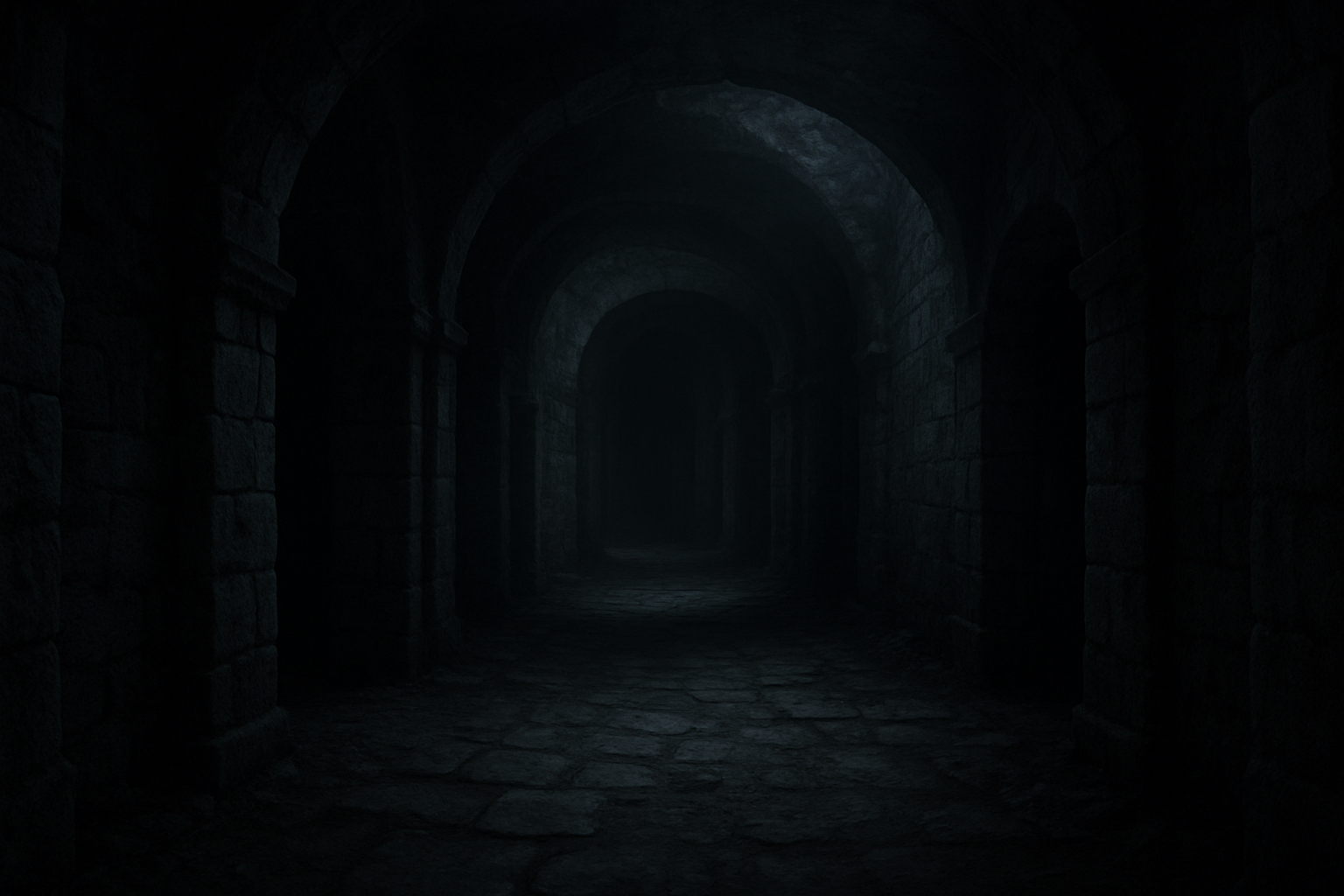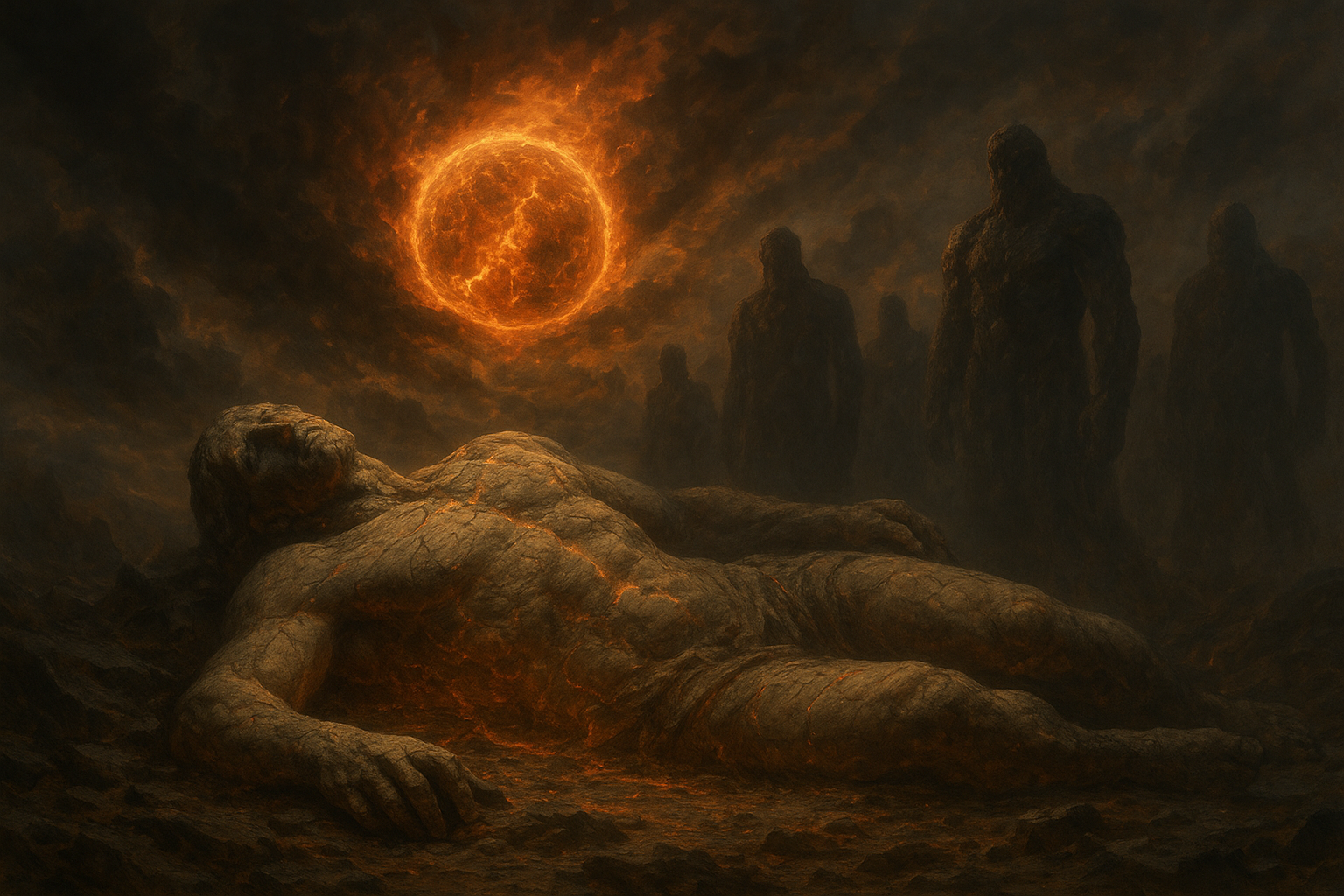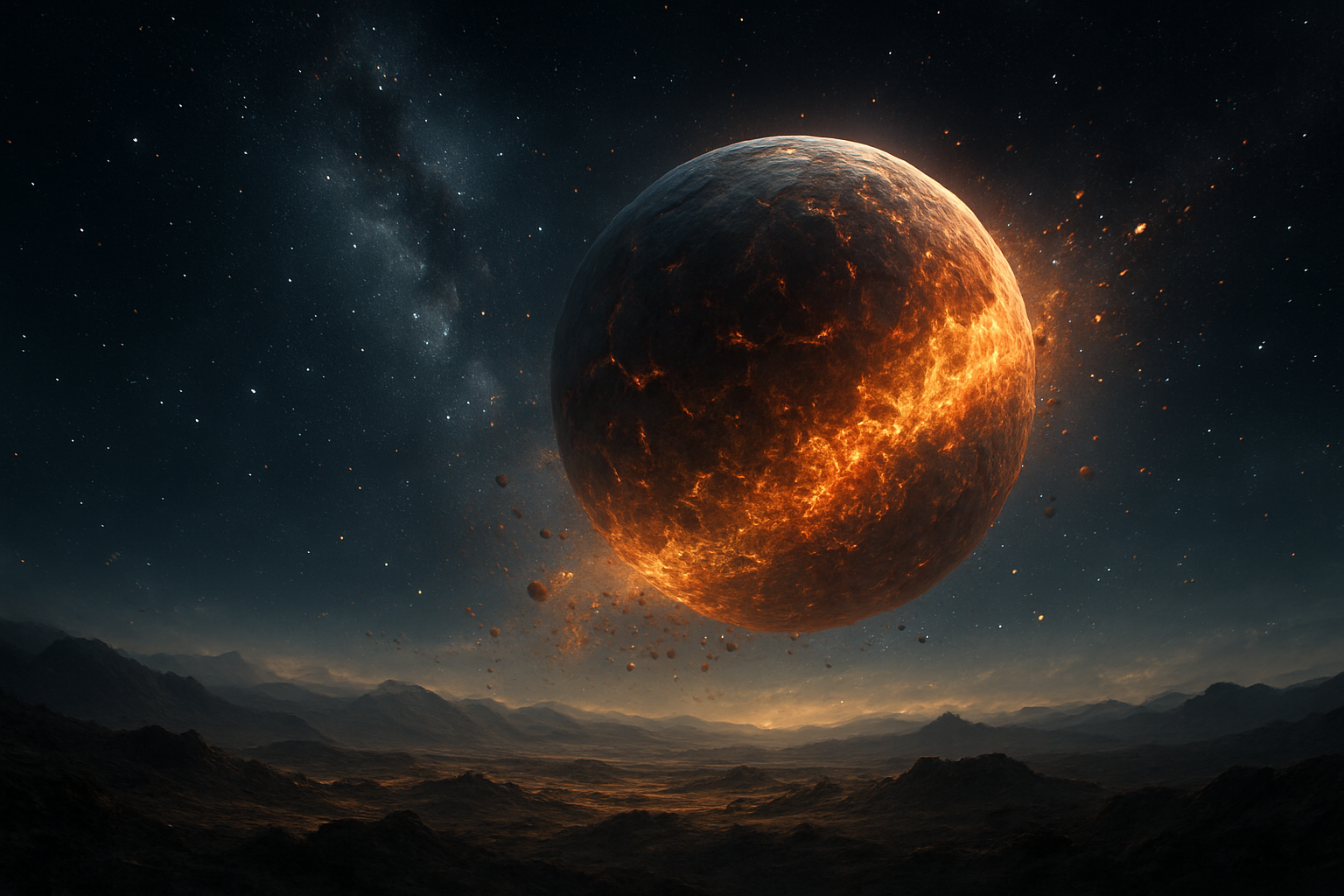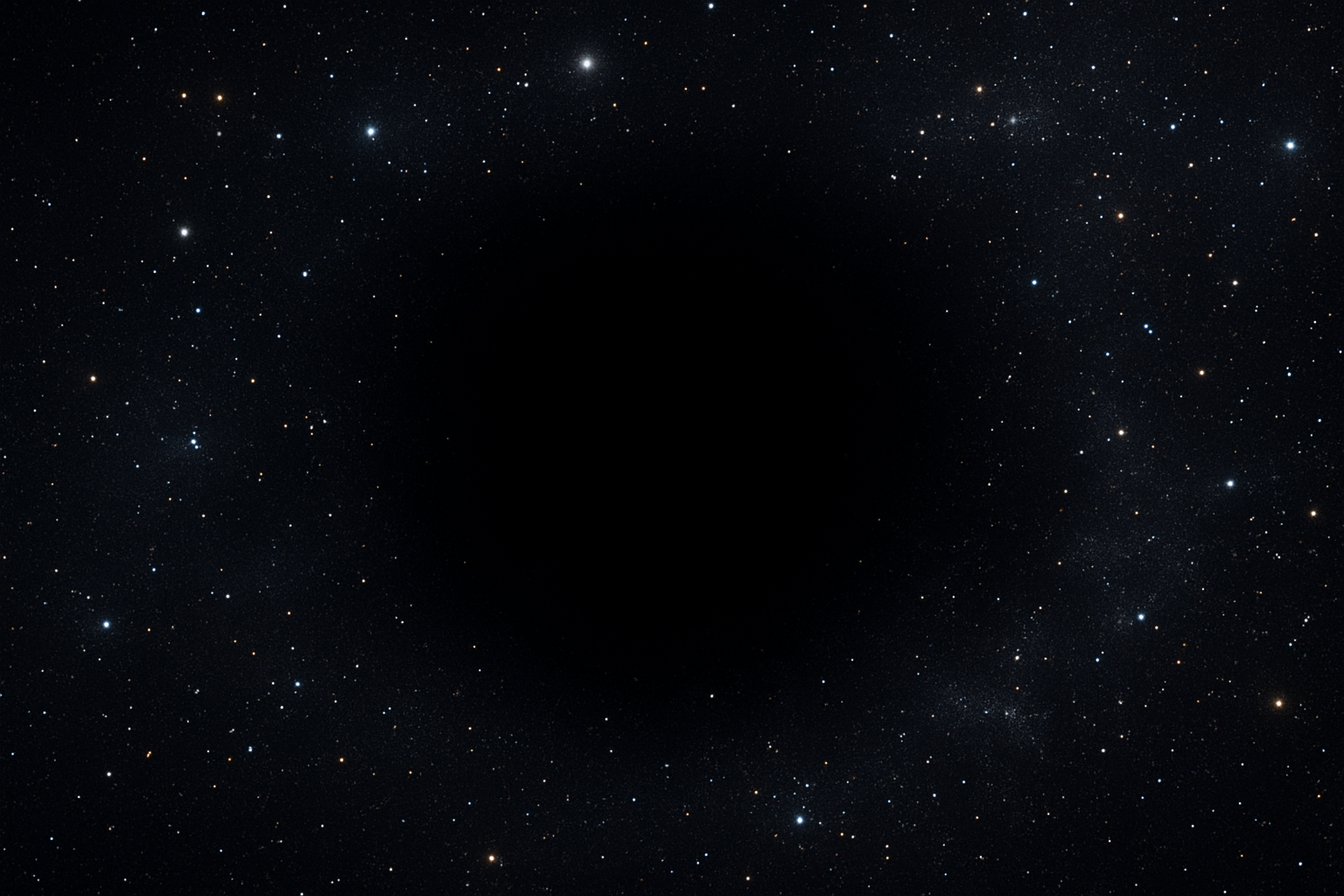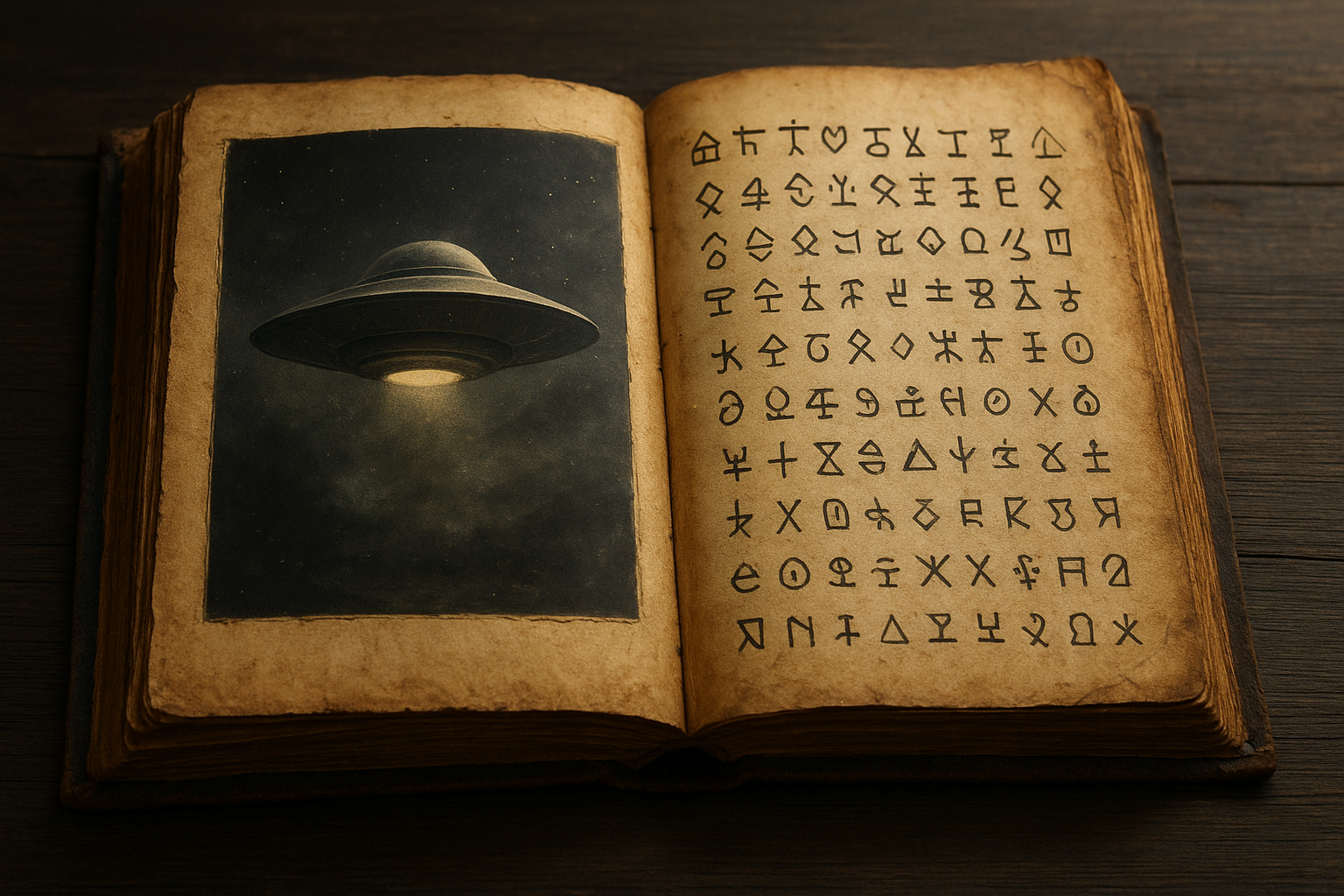For centuries, the notion of mysterious worlds hidden within the shadows of our known universe has intrigued scientists, explorers, and storytellers alike. The Shadow Labyrinth, a metaphor for these enigmatic spaces, has become a focal point in the quest to understand the unknown. As we stand on the precipice of incredible technological advancements, it is time to unravel the secrets of these hidden realms.
The Intrigue of the Unknown
The unknown has always fascinated the human mind. Whether it be the mysterious depths of our oceans, the far reaches of outer space, or hypothetical dimensions beyond our comprehension, there is an indomitable thirst for discovery.
“The importance of unknowns cannot be overstated, as it is the hidden puzzles that often lead to the most significant scientific breakthroughs.” – Neil deGrasse Tyson
The labyrinth metaphor illustrates paths obscured by darkness, challenging both our intellect and courage. These paths represent not only literal unknowns in our world today but also philosophical questions that grapple with our very understanding of existence.
The Science Behind Shadows
Modern science provides us with tools to explore the labyrinths of shadows both literally and figuratively. Advances in quantum physics and astrophysics have revealed the potential of dimensions beyond the traditional three. The concept of “dark matter,” material that cannot be seen yet makes up about 27% of the universe’s mass-energy content, is one gateway into the mysteries of the unknown.
- Quantum Entanglement: Experiments have begun to show how particles can become entwined in ways that defy classical physics, suggesting new dimensions and hidden properties of matter.
- Gravitational Waves: These ripples in spacetime open a new window to observing cosmic events, potentially unveiling labyrinthine connections between distant worlds.
- Dark Matter and Energy: The unseen forces of the universe hint at massive, complex systems yet to be explored.
The manipulation and understanding of these unseen forces requires innovative approaches and interdisciplinary collaborations. As renowned physicist Stephen Hawking stated, “The greatest enemy of knowledge is not ignorance, it is the illusion of knowledge.”
Technological Vista: Beyond the Shadows
Cutting-edge technologies offer us pathways through these shadowy labyrinths. From advanced satellite imaging to AI-driven data analysis, our capabilities are expanding to map previously uncharted territories.
Artificial Intelligence is playing a critical role in interpreting vast amounts of data, enabling scientists to identify patterns and phenomena that are imperceptible to the human eye. Moreover, robotics and virtual reality provide immersive experiences, potentially allowing humans to explore the most dangerous or inaccessible areas safely.
Myth Meets Reality
Historically, shadowy labyrinths have appeared in cultures worldwide, from the complex mazes of Greek mythology to the mystical underworlds of ancient civilizations. Today, we see these myths overlap with reality in the quest to understand deep sea trenches and extraterrestrial topographies.
Recent discoveries, such as the exploration of new coral systems in the Great Barrier Reef and the continuous search for microbial life on Mars, highlight our progress in penetrating these mysteries.
The Ethical Frontier
As we delve deeper into the shadow labyrinth, ethical considerations become paramount. The implications of new discoveries may have profound impacts on our planet, societies, and future generations.
- Environmental Impact: How do we ensure our exploration and utilization of resources do not come at a catastrophic cost?
- Privacy and Security: With technology capable of uncovering unprecedented amounts of information, how do we protect individual privacy?
- Cultural Sensitivity: Respecting indigenous knowledge and practices is essential as we navigate these unknowns.
These are the questions that define our modern era of exploration, balancing the insatiable drive for knowledge with our responsibilities to our world and each other.
Conclusion: A Future Unveiled?
The shadow labyrinths beckon us, embodying the complex interplay of mystery, discovery, and challenge. As we venture into these enigmatic realms, the answers we seek may redefine both our cosmos and our place within it.
Whether through the lens of science or the spirit of adventure, it is clear that the mysteries of the shadow labyrinth are far from being solved. What awaits is a future filled with potential, shaped by the decisions we make today as stewards of both the known and the unknown.
